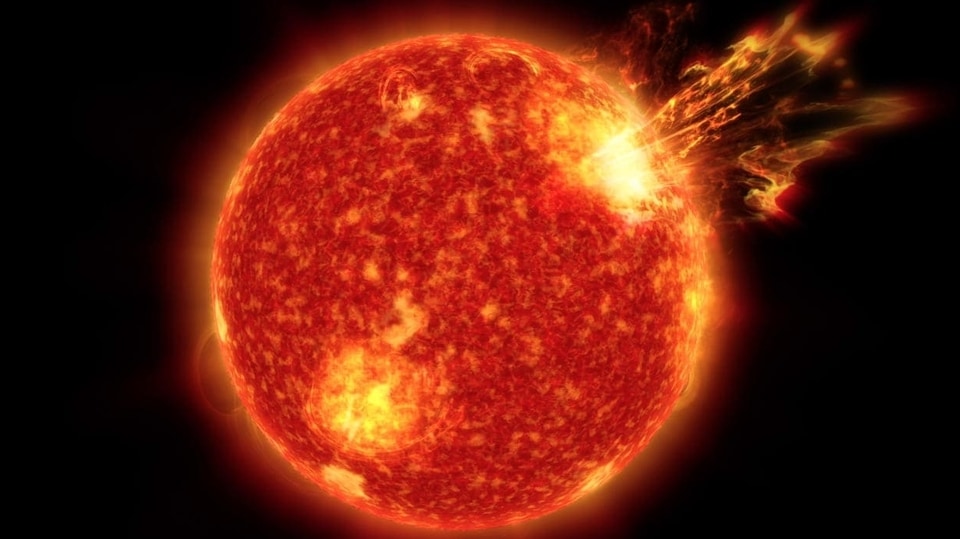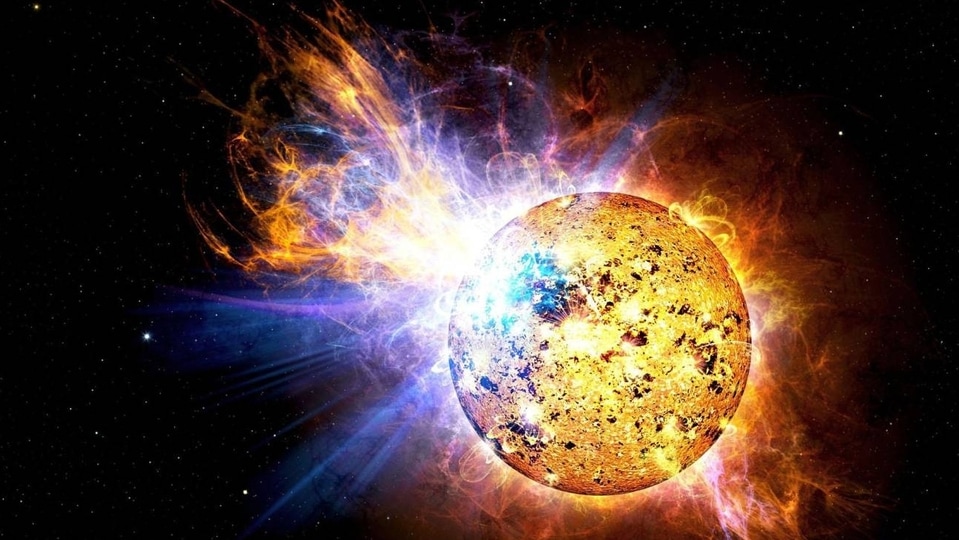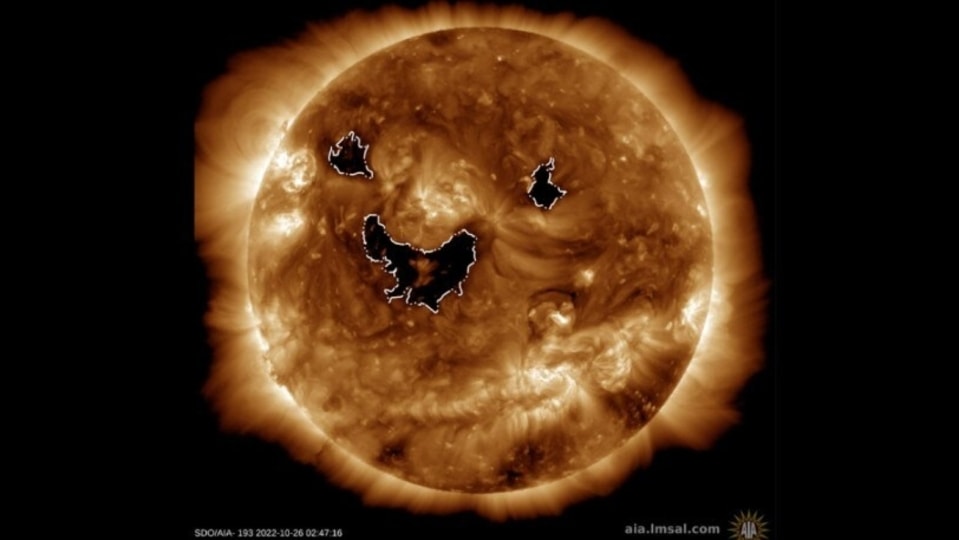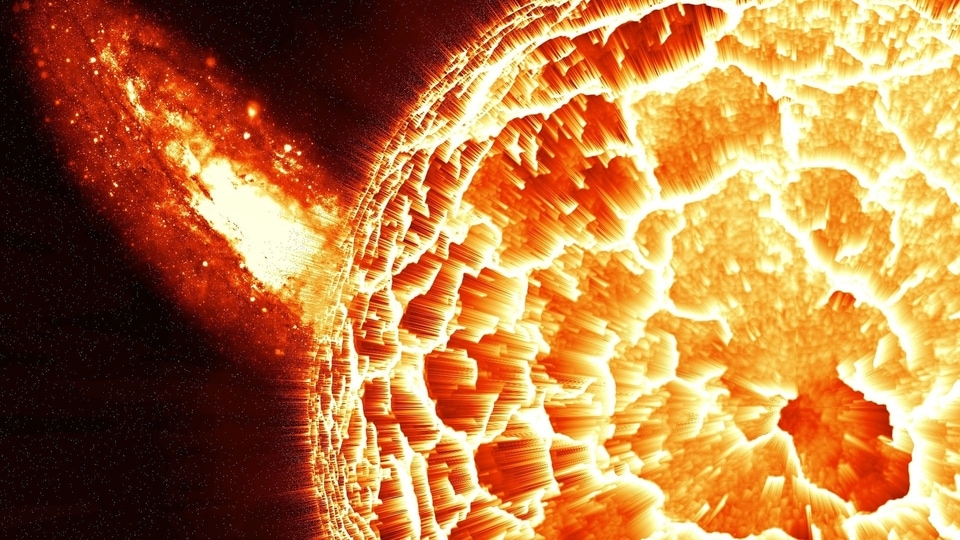Menacing Geomagnetic Storm to hit Earth today! NOAA issues warning
Earth is facing a Geomagnetic Storm risk today due to rising solar activity. Know what the NOAA report says.

_1658567219974_1658567228615_1658567228615.jpg)





 View all Images
View all ImagesDisturbances in the Earth's magnetic field that occur when the planet's magnetic field interacts with charged particles from the sun are known as Geomagnetic Storms. These storms are caused by solar activity such as flares, coronal mass ejections (CMEs) that send a burst of charged particles towards the Earth. Although this solar activity might seem harmless due to the distance of the Sun from our planet, they can cause major damage. When these solar particles reach Earth, they can interact with the Earth's magnetic field and cause it to fluctuate.
NOAA forecasters have revealed that Earth is at risk of a G-1 class geomagnetic storm which is expected to impact Earth today, January 23. According to the NOAA report, the area of impact of this geomagnetic storm will be “primarily poleward of 65 degrees Geomagnetic Latitude”. The organization has further warned that this geomagnetic storm could cause power grids in places of impact to fluctuate. As a result of this storm, auroras may be visible at high altitudes such as in Canada and Alaska. Therefore, skywatchers are advised to keep an eye out for the spectacular light show in the night sky.
While the storm is not expected to cause damage, it serves as a reminder of the potential impact of solar activity on our technology-dependent society.
How solar flares affect our tech
Fortunately, scientists can predict solar flares before they happen, and if they occur, it still takes time for them to reach our planet. This means we can get enough time to secure our tech before the solar flare can reach us. The part that really affects tech seriously is referred to as an EMP. It contains a bunch of charged particles and when they hit something conductive, they impart that charge on that conductive object, creating current in a part of a circuit that overloads a powered line. This can fry components and even melt wires when they become overloaded.
Catch all the Latest Tech News, Mobile News, Laptop News, Gaming news, Wearables News , How To News, also keep up with us on Whatsapp channel,Twitter, Facebook, Google News, and Instagram. For our latest videos, subscribe to our YouTube channel.


























